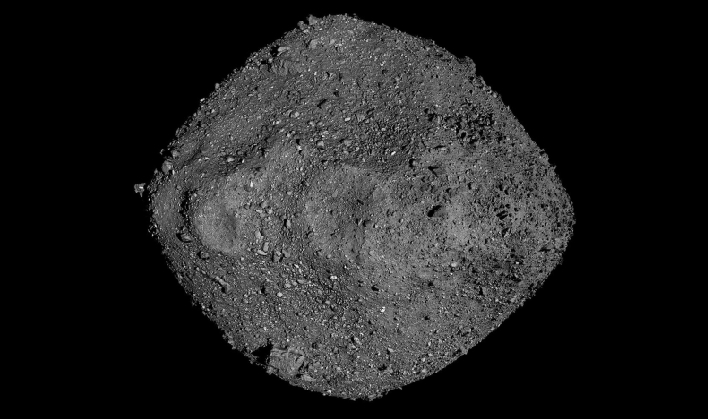NASA Spots A Huge Potentially Hazardous Asteroid Hurtling Towards Earth's Orbit On Halloween

NASA recently flew a spacecraft into asteroid Dimorphos, in order to demonstrate the world's first planetary defense technology. The Double Asteroid Redirection Test (DART) impacted the asteroid in late September, and has been called a success by the space agency. However, if the likes of 2022 RM4 were to ever threaten Earth, it might take more than a few DARTs to redirect it away from Earth.
No danger, but newly-discovered asteroid 2022 RM4 will pass less than 6 lunar distances on November 1. Possibly as wide as 740 meters, it will brighten to mag 14.3, well within reach of backyard telescopes. @unistellar
— Tony Dunn (@tony873004) October 5, 2022
This is very close for an asteroid this size. #2022RM4 pic.twitter.com/Z8khblg3Gq
2022 RM4 is said to be as large as 740 meters, or 0.45 miles wide. In comparison, Dimorphos is roughly 160 meters (530 feet) in diameter. Following the initial discovery, additional observations were made, including some on October 5, 2022, from Steward Observatory in Arizona, confirming the asteroid's path. The asteroid was designated 2022 RM4 by the Minor Planet Center.
While the asteroid poses no threat to Earth on this pass, it will come just under six times the moon's distance from Earth on November 1, 2022. Even though this might seem close enough to view such a large object in the night sky, EarthSky.org says you will need at least an amateur telescope in order to catch a glimpse of the monster rock.
In order to get a better idea of just how massive this asteroid is, it is nearly the same size as the world's tallest building, the Burj Khalife, which stands an amazing 828 meters in height.
NASA is not stopping with its DART mission in order to prepare for a possible asteroid impact on Earth. The Near Earth Object Surveyor space telescope (NEO Surveyor) is being worked on. This new spacecraft is designed to help advance the space agency's planetary defense efforts by discovering and characterizing most of the potentially dangerous asteroids and comets that come within 30 million miles of Earth's orbit. It will consist of a single scientific instrument, a 50 centimeter (about 20-inch) diameter telescope that will operate in in two heat-sensing infrared wavelengths. It is expected to launch in 2026.

